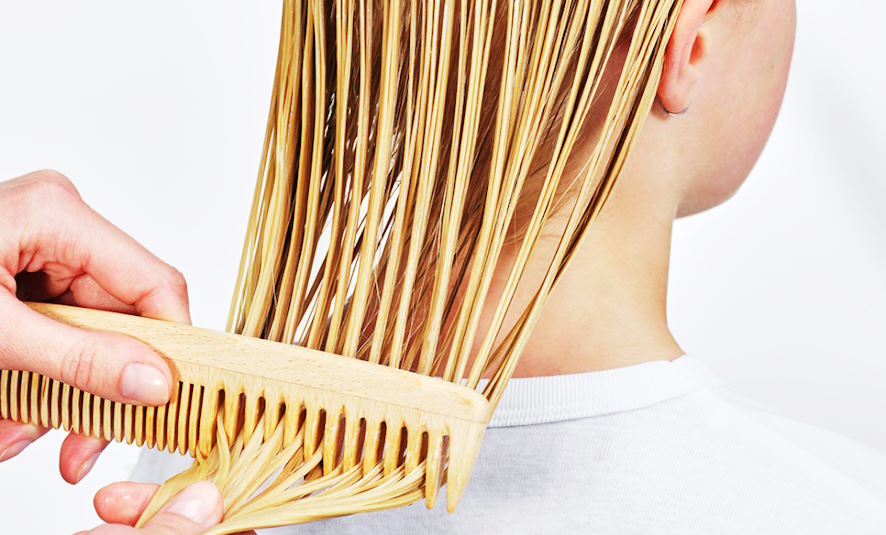Maintaining healthy, luscious locks isn’t just about the products you use or the hairstyles you choose; it starts with the fundamentals, like proper detangling techniques. We’ve all experienced the frustration of dealing with knotted, tangled hair, but what many don’t realize is that the way we detangle can greatly impact the health and strength of our strands. From preventing breakage and split ends to promoting hair growth and overall manageability, mastering the art of detangling is essential for anyone looking to achieve their hair goals.
Pre-Detangling Preparation
Tools and products needed for detangling:
Before embarking on your detangling journey, it’s crucial to gather the right tools and products to ensure a smooth and effective process. For those with thicker or more textured hair, a leave-in conditioner or hair oil can provide extra slip and hydration, further facilitating the detangling process.
Pre-detangling care routine (washing, conditioning, etc.):
Proper pre-detangling care sets the stage for a successful detangling session. Start by washing your hair with a moisturizing shampoo and conditioner to cleanse and hydrate your strands. Opt for sulfate-free formulas to avoid stripping the hair of its natural oils, which can make detangling more challenging. After rinsing out the conditioner, gently squeeze excess water from your hair with a microfiber towel or an old t-shirt to avoid roughing up the cuticle. If your hair is prone to tangling, consider applying a leave-in conditioner or detangling spray before moving on to the next step.

Proper Detangling Techniques
Sectioning your hair for easier detangling:
One of the most effective ways to streamline the detangling process is by sectioning your hair. Divide your mane into manageable sections using clips or hair ties, starting from the bottom and working your way up. This not only prevents overwhelming yourself with a mass of tangled hair but also allows for more thorough detangling, ensuring no knot goes unnoticed.
Using fingers or a wide-tooth comb: pros and cons:
When it comes to detangling tools, the age-old debate between fingers and combs persists. While fingers offer a gentler touch and more control over individual knots, wide-tooth combs are excellent for distributing product evenly and detangling larger sections of hair. The key is to find what works best for your hair type and texture, and perhaps even incorporate both methods into your routine for optimal results.

Working from ends to roots to minimize breakage:
One of the cardinal rules of detangling is to always start from the ends and work your way up to the roots. This technique helps to prevent further tangling by gradually releasing knots and tangles without causing unnecessary stress on the hair shaft. By taking your time and being patient with each section, you’ll minimize breakage and leave your hair feeling smooth and knot-free.
Dealing with Tangles and Knots
Identifying different types of tangles:
Tangles come in various shapes and sizes, each requiring a slightly different approach for effective removal. Whether it’s surface knots caused by friction or deeper, matted tangles resulting from neglect, identifying the type of tangle you’re dealing with is the first step towards successfully untangling your hair. Understanding the root cause of the tangle will help you choose the most appropriate technique and tools for safe and efficient removal.
